Most of us keep our condiments stashed away in refrigerators or cupboards, assuming they’ll last indefinitely. After all, they’re just flavor boosters, right? Unfortunately, many of these sauces and spreads carry expiration dates for a reason, and overlooking them can lead to flavor loss, food poisoning, or worse.
While some condiments are more shelf-stable than others, many contain ingredients like eggs, dairy, or natural preservatives that break down over time. Even if a bottle seems fine visually, the changes can be more subtle—like an off smell, odd texture, or sour tang that wasn’t there before. These are signs that the condiment’s chemistry has shifted in ways that may compromise both taste and safety.
If you’re tempted to ignore the expiration date just because the jar “looks okay,” it’s time to rethink that habit. Below, we dive into 22 common condiments that should be discarded as soon as they’ve expired. Each one poses unique risks or flavor problems once it’s past its prime, and it’s better to toss them than risk the consequences.
1. Mayonnaise
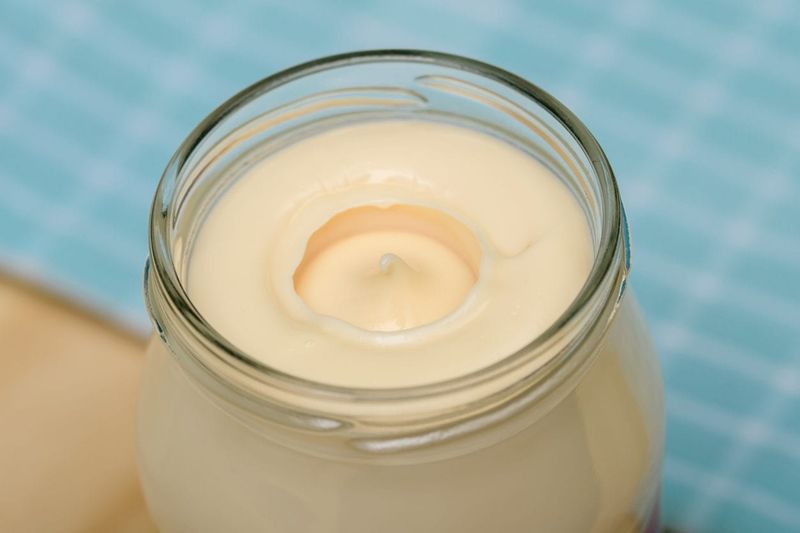
Creamy and rich, mayonnaise is a condiment that can quickly become a health hazard once it’s past its expiration date. Made with eggs and oil, it’s especially prone to bacterial growth like Salmonella when not stored properly. Even in the fridge, expired mayo can turn slightly yellow, develop an odd smell, or separate into oily layers. These are clear indicators it’s no longer safe to use, especially in dishes like potato salad or sandwiches. The risk of foodborne illness is significantly higher with expired mayonnaise than with many other condiments. Even unopened jars that have been kept past the date can degrade in flavor and texture. For your health’s sake, this is one condiment you should always respect the expiration date on.
2. Ketchup
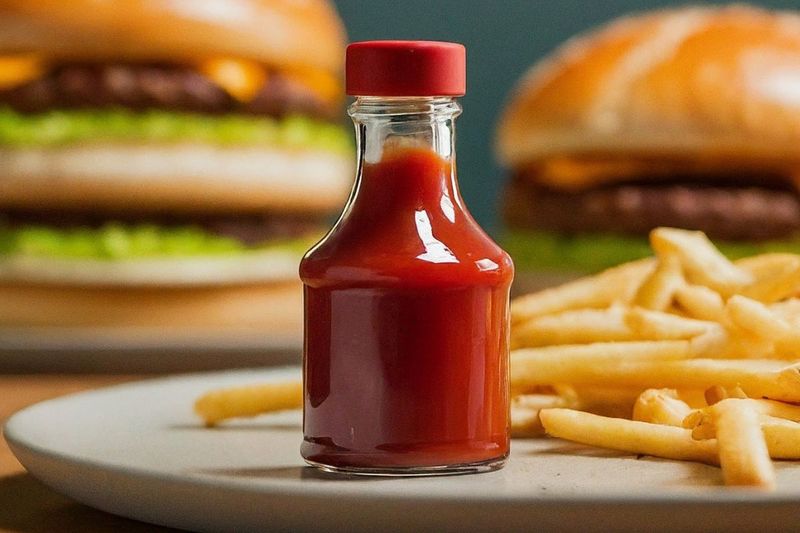
Despite its vinegar and sugar content, expired ketchup may begin to ferment or even bubble slightly when opened. That’s a surefire sign to throw it out. Over time, ketchup loses its signature tangy-sweet balance and may darken into a maroon color. Spoilage can also lead to a swollen bottle, especially if it’s been exposed to fluctuating temperatures. Even if it looks okay, the flavor might taste dull, metallic, or sour. Tossing it ensures your meals stay both delicious and safe.
3. Mustard
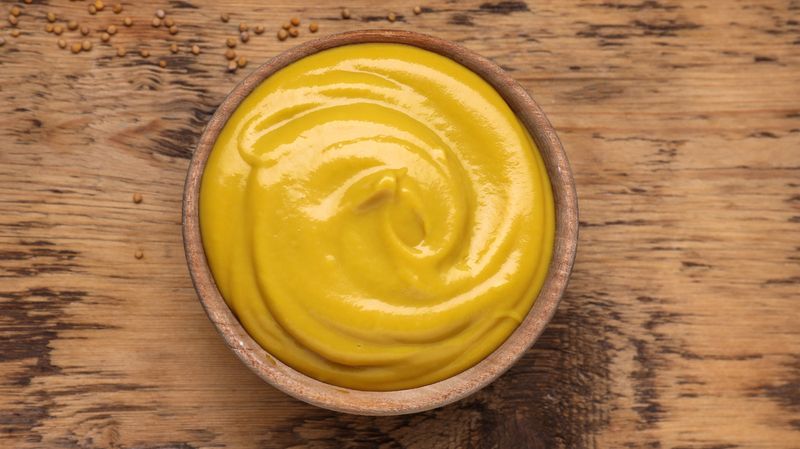
Zesty and versatile, mustard is one of those condiments people expect to last indefinitely. However, even its acidic base can’t preserve it forever. As it ages, mustard may become watery on top and grainy beneath, a texture shift that signals it’s no longer at peak quality. While it might not make you sick right away, spoiled mustard ruins the taste of sandwiches and marinades. It can also lose its vibrant color and turn brownish over time. Any changes in smell, texture, or consistency should prompt you to discard it. A fresh jar is cheap insurance for better flavor and safety.
4. Soy Sauce
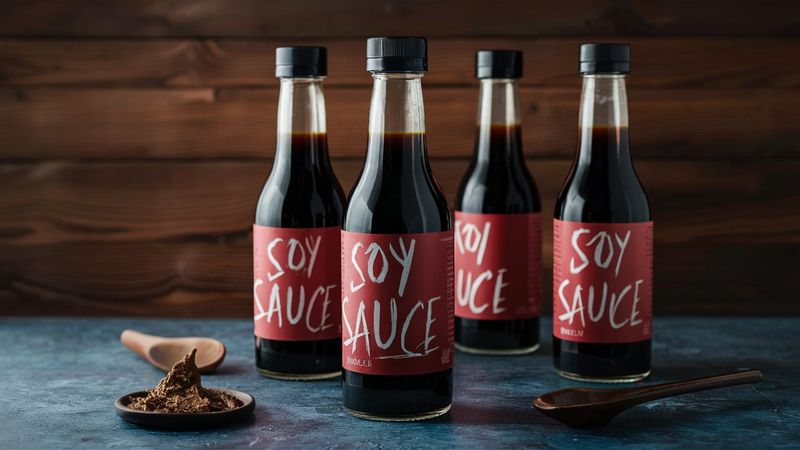
Soy sauce seems like it could survive the apocalypse—but it has its limits. Oxidation and air exposure can cause changes in its taste, smell, and color, even if it doesn’t mold visibly. After its expiration, soy sauce might start to smell sour or overly alcoholic, which means it’s no longer good. It can also lose its umami-rich depth, becoming sharply salty or metallic. While it’s low-risk for bacteria due to its salt content, its degraded flavor can ruin stir-fries or dipping sauces. A dull soy sauce won’t elevate your food the way a fresh one will. Always reseal tightly and check the date before use.
5. Barbecue Sauce

Sweet, smoky, and sticky, barbecue sauce is often sugar-heavy—making it a breeding ground for spoilage. Over time, that sweetness can ferment, leading to a tangy, sour smell or even bubbling. The sauce may darken drastically or form crusty residue near the lid, which indicates spoilage. The sugars can also crystallize, altering its consistency and making it hard to spread. A spoiled batch can completely throw off the flavor of your grilled meats. Even if it doesn’t make you sick, the taste will be disappointing. Better to replace it than ruin your next cookout.
6. Hot Sauce
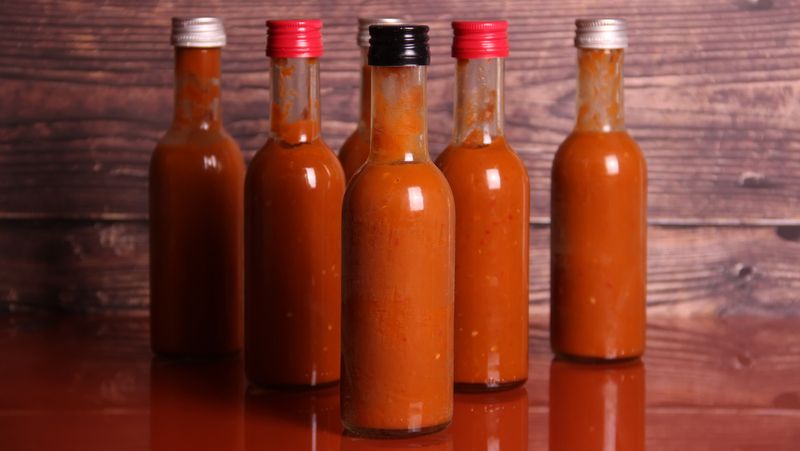
While vinegar and chili have preservative qualities, garlic or fruit additions make some varieties more perishable. Over time, hot sauce can darken, lose heat, or develop a bitter aftertaste. The cap area is especially prone to mold, which can contaminate the entire bottle. Some aged sauces will also fizz or bubble, a sign of fermentation you shouldn’t ignore. The thrill of spice isn’t worth the risk of spoilage. Fresh hot sauce delivers flavor without unpleasant surprises.
7. Salad Dressing (Creamy or Vinaigrettes)
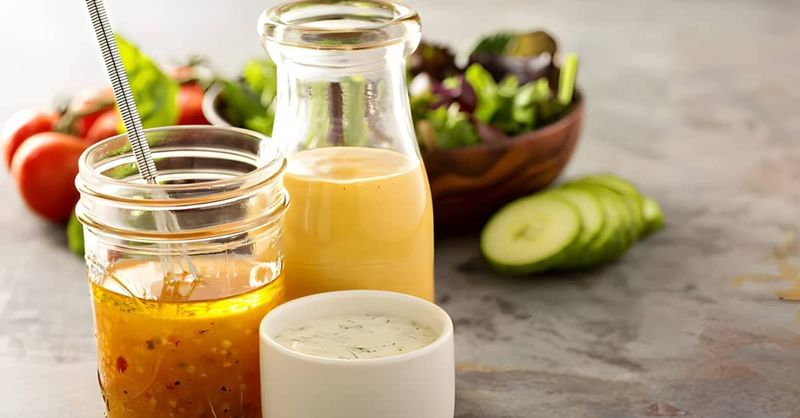
Creamy dressings like ranch or Caesar and vinaigrettes alike are not as shelf-stable as you may think. Dairy and oil components can go rancid, separating into unpleasant textures. A sour smell or discoloration is a clear sign the dressing has gone bad. Even unopened, they degrade over time and may harbor bacteria once expired. Vinaigrettes may turn cloudy or develop floating solids, which are red flags. Spoiled dressing can ruin a fresh salad and upset your stomach. Always refrigerate after opening and heed those expiration dates.
8. Horseradish
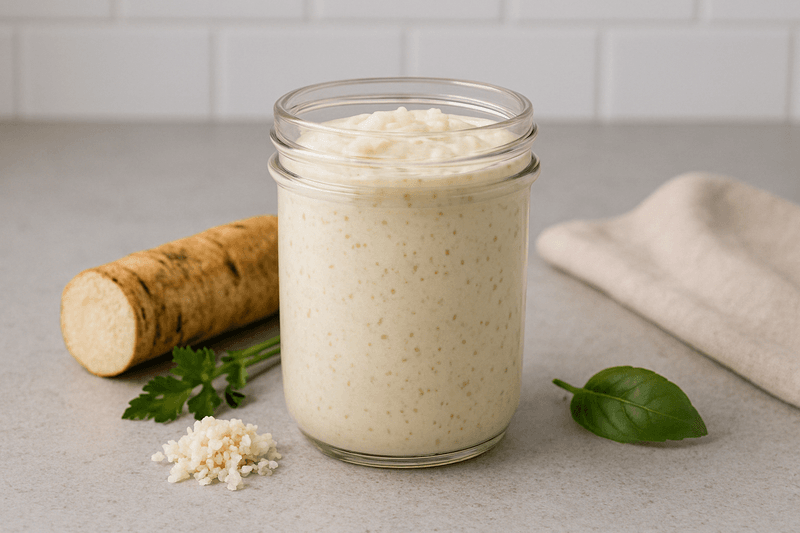
Aged horseradish becomes dull in flavor, muddy in color, and may take on a sulfurous odor. Spoiled jars can even grow mold near the lid or surface. Because it’s often used in small amounts, it may sit in the fridge unnoticed for months. But its root base makes it prone to going bad quicker than you’d expect. Once it’s expired, the signature burn is replaced with bitterness. If it no longer makes your nose tingle, it’s time to replace it.
9. Tartar Sauce

Rich with mayo and pickles, tartar sauce spoils quickly if not refrigerated and tightly sealed. It can separate into watery and chunky layers, indicating breakdown of emulsion. An unpleasant fishy smell or curdled texture often follows expiration. Since it’s usually paired with seafood, bad tartar sauce can ruin the entire dish. Mold may grow unnoticed around the rim or under the lid. Even subtle flavor changes can lead to a strange aftertaste that clashes with food. It’s best used fresh, not forgotten.
10. Salsa
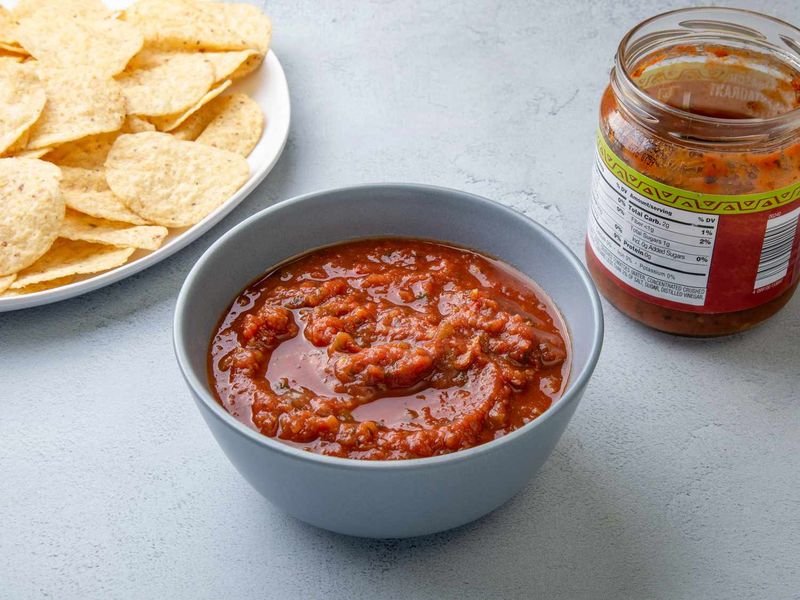
Salsa, whether fresh or jarred, can quickly become a hotspot for bacteria once opened. The mix of tomatoes, onions, and herbs makes it highly perishable. An expired salsa may smell sour, develop a slimy texture, or show visible mold. Even sealed jars can ferment over time, especially in warm environments. Once that bubbly texture or off odor appears, it’s unsafe to eat. Sourness or unexpected fizzing means it’s starting to spoil. Don’t take chances—toss it and buy a new jar.
11. Fish Sauce
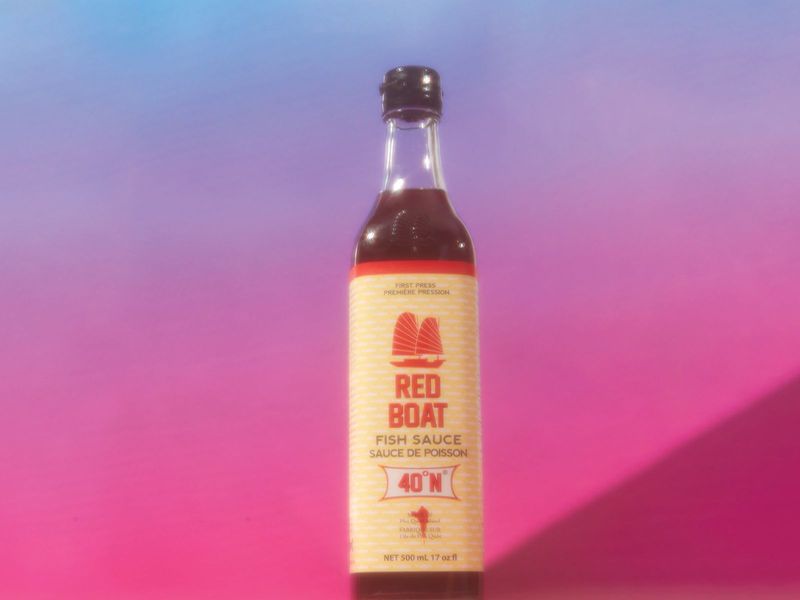
Pungent by nature, fish sauce has a long shelf life, but it’s not infinite. Past its expiration, it may smell overly sour or turn cloudy. The strong aroma can mask spoilage, making it deceptive. If it develops a bitter taste or chemical after-smell, it’s no longer usable. Mold around the cap is also common after long storage. Proper refrigeration can extend its life, but it will still degrade over time. Trust your nose and palate when it starts to seem off.
12. Worcestershire Sauce
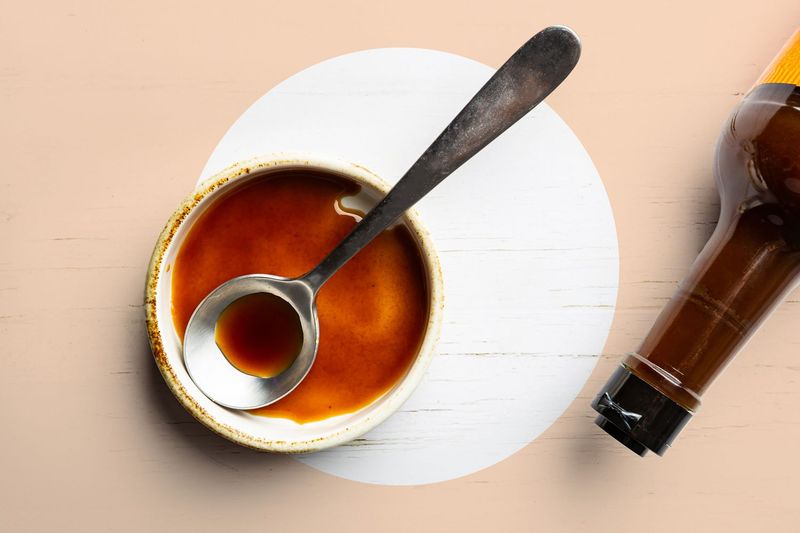
Known for its deep, savory complexity, Worcestershire sauce is a kitchen staple with an expiration date to respect. Once it starts to oxidize, it takes on a metallic aftertaste. This can ruin marinades or cocktails that depend on its balanced flavor. The rich aroma may fade, and sediment can build up. A bloated or crusty cap is also a warning sign. Even with high vinegar content, it’s not immune to degradation. Replacing it ensures the full-bodied flavor remains intact.
13. Ranch Dressing

Made with buttermilk or sour cream, it can sour and curdle quickly. You might notice it smells off or turns an unappetizing yellow. Spoiled ranch can cause digestive discomfort even in small doses. A watery top layer or chunky bits are visual warnings. Because it’s so perishable, it’s best to consume within the date even if refrigerated. A new bottle beats the risk of foodborne illness.
14. Blue Cheese Dressing

Already made with mold cultures, blue cheese dressing has a short window of safety. Past expiry, it may smell overly sharp, like ammonia. Spoiled dressing can separate or show visible mold that shouldn’t be there. The risk of listeria or other bacteria increases significantly. Texture changes are also common, with chunks thickening or breaking down. Once that funky smell crosses the line, it’s no longer safe. Best to enjoy blue cheese fresh and flavorful.
15. Chili Garlic Sauce
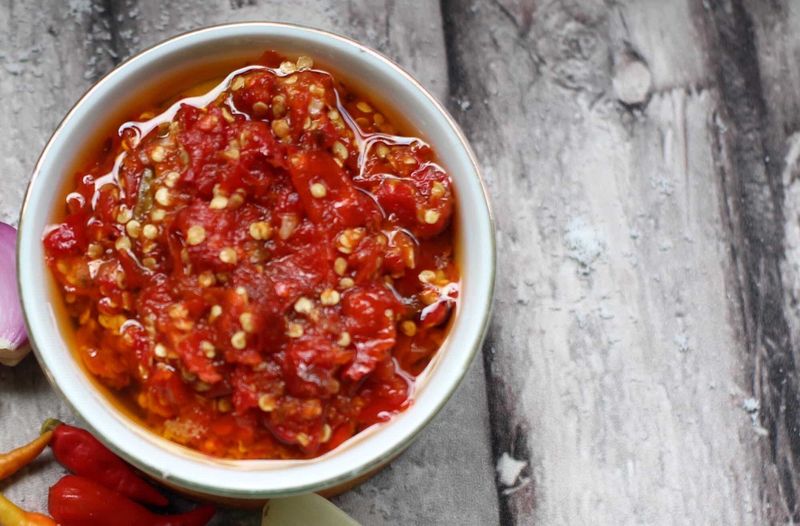
A fiery mix of heat and pungency, chili garlic sauce can still spoil over time. Garlic is particularly prone to harboring botulism when stored improperly. The sauce may darken and thicken, losing both flavor and safety. A sour smell or gas buildup in the jar is a bad sign. Even refrigerated, it should be discarded after its expiry. Mold can also hide under the cap, making each squeeze a risk. Spice doesn’t cancel spoilage.
16. Aioli

Fancy and flavorful, aioli is often homemade and therefore even more perishable. Made with raw egg yolks and oil, it can spoil in just days if not stored right. Expired aioli may separate, develop a foul odor, or turn yellowish. Because it lacks commercial preservatives, it’s especially risky. Bad aioli can cause serious foodborne illness. Even when store-bought, its shelf life is limited. Always use within a few days of opening or not at all.
17. Honey Mustard
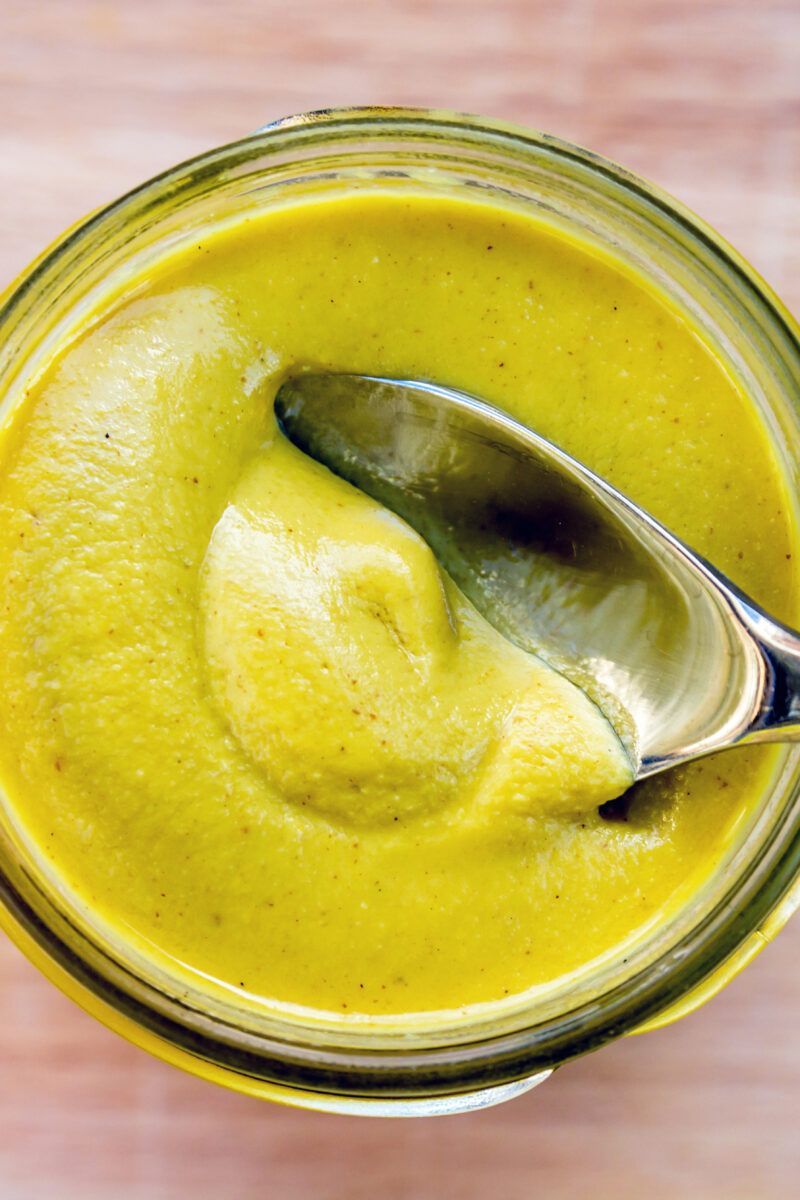
Spoiled honey mustard may ferment slightly, giving off an alcoholic or sour smell. Separation and grainy texture are also signs it’s past its prime. Its color may shift from golden to dull brown. Aged honey mustard can also lose its flavor punch. It’s best to keep this condiment chilled and used promptly. Don’t risk ruining your meal with a bad batch.
18. Pesto
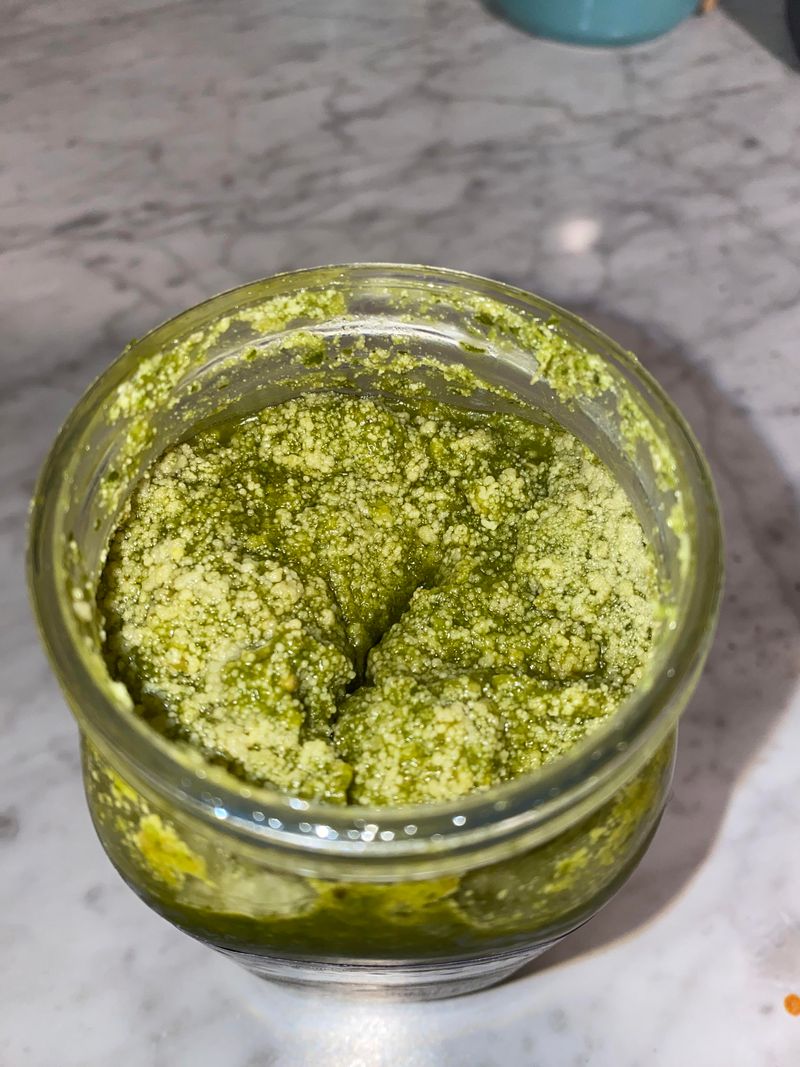
Rich in basil, nuts, and cheese, pesto is highly perishable. Once it expires, its vibrant green turns to brown and it may develop a rancid smell. Oil separation is normal, but a slimy or moldy texture is not. Spoiled pesto may also taste bitter or flat. Homemade versions spoil even faster. It’s not worth the gamble—bad pesto can turn pasta night into a stomach ache. Use small jars and freeze leftovers when possible.
19. Tahini Sauce
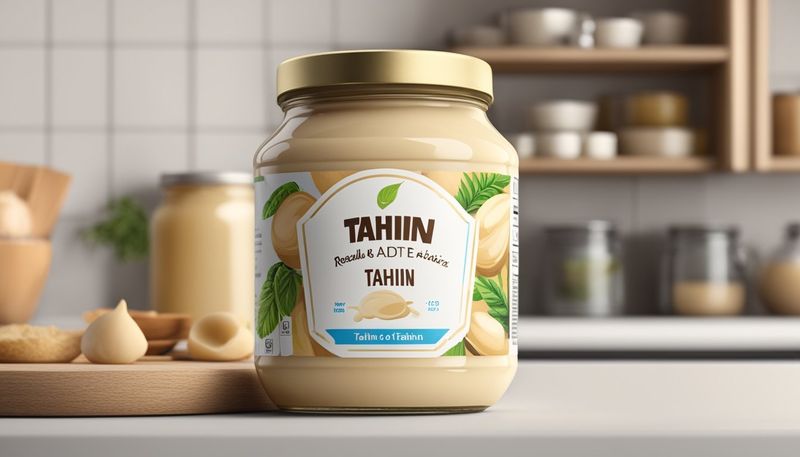
Made from sesame seeds, tahini can go rancid much like any nut butter. Once expired, it smells sour or bitter rather than nutty. The texture becomes chalky or gritty instead of creamy. Mold growth is rare but possible with moisture intrusion. Spoiled tahini loses its mild earthiness and may even taste metallic. It’s especially vulnerable to heat and light. Store it in a cool, dark place and always check before drizzling.
20. Curry Paste
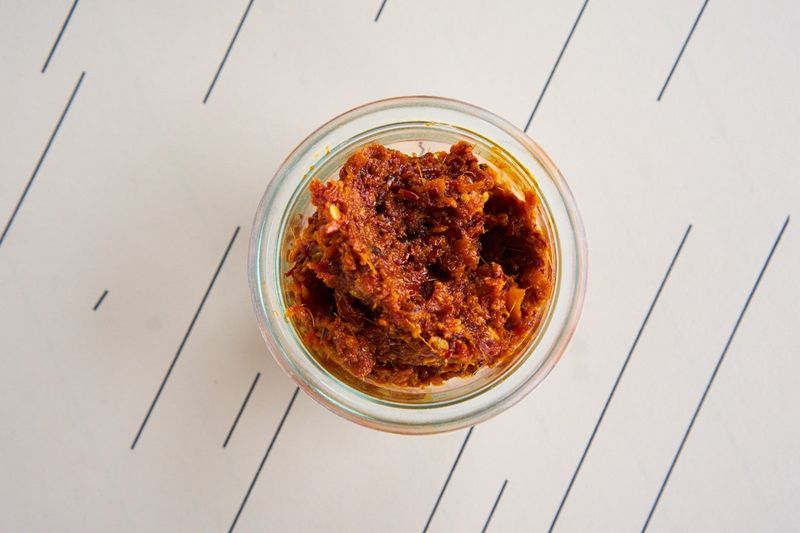
Though it’s preserved in oil, curry paste isn’t immune to spoilage. Spoiled curry paste may smell musty or off instead of fragrant and spicy. Mold can grow around the lid, especially after repeated use. The texture may become rubbery or overly thick. Changes in color—like graying or browning—indicate oxidation. Spoiled paste will make your dishes taste stale, not savory. It’s best to scoop what you need and keep the jar sealed tightly.
21. Relish
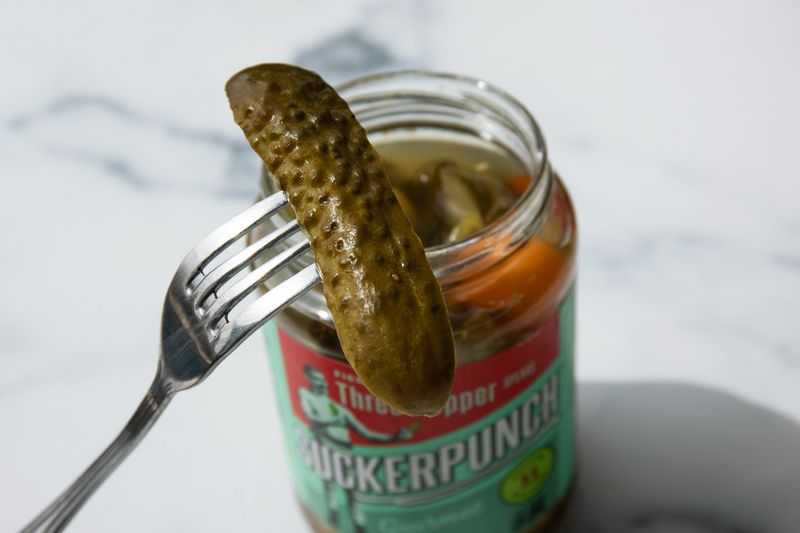
Spoiled relish may develop a slimy film or lose its bright color. A sulfur smell is a red flag. It can also turn watery, with soggy chunks instead of crisp bits. Expired relish ruins the flavor profile of hot dogs and burgers. Mold under the lid is another warning sign. For peak texture and taste, always respect the date.
22. Chutney

Often sweet and spicy, chutney can ferment or grow mold once expired. Fruit-based chutneys are especially prone to bubbling and spoilage. The smell may turn sharp or boozy. Texture shifts from thick to syrupy are signs of breakdown. Any white film or discoloration should lead to immediate disposal. Flavor-wise, aged chutney becomes cloying or overly sour. A fresh jar keeps your meals delicious and safe.
Leave a comment